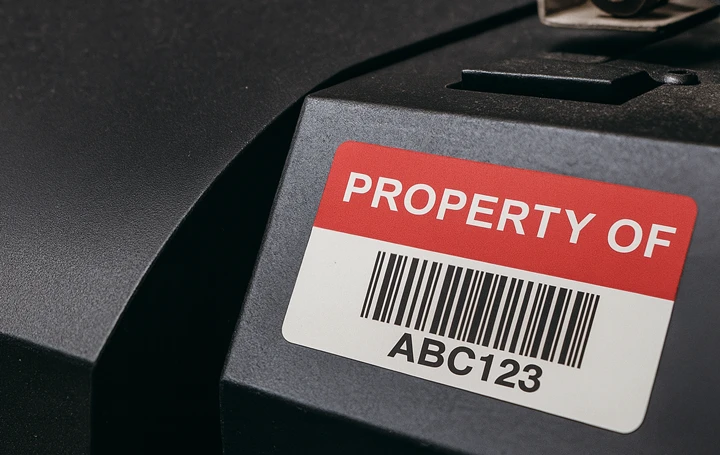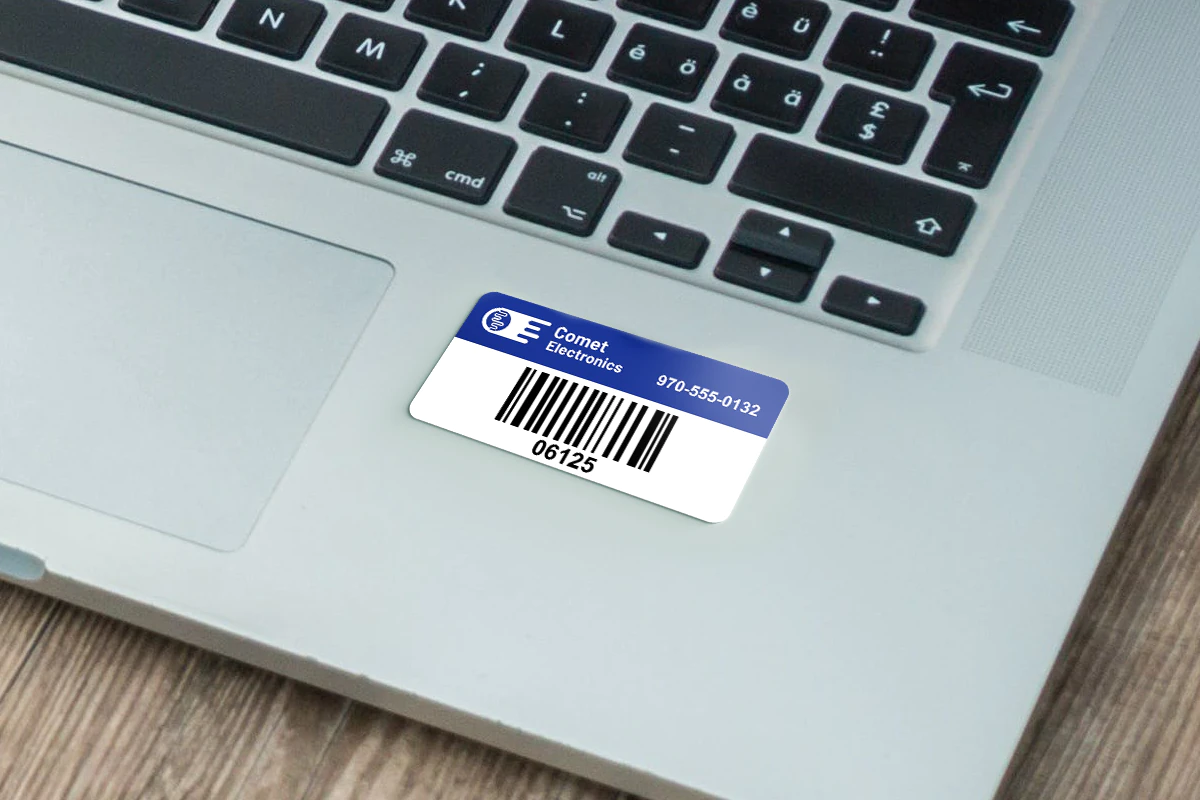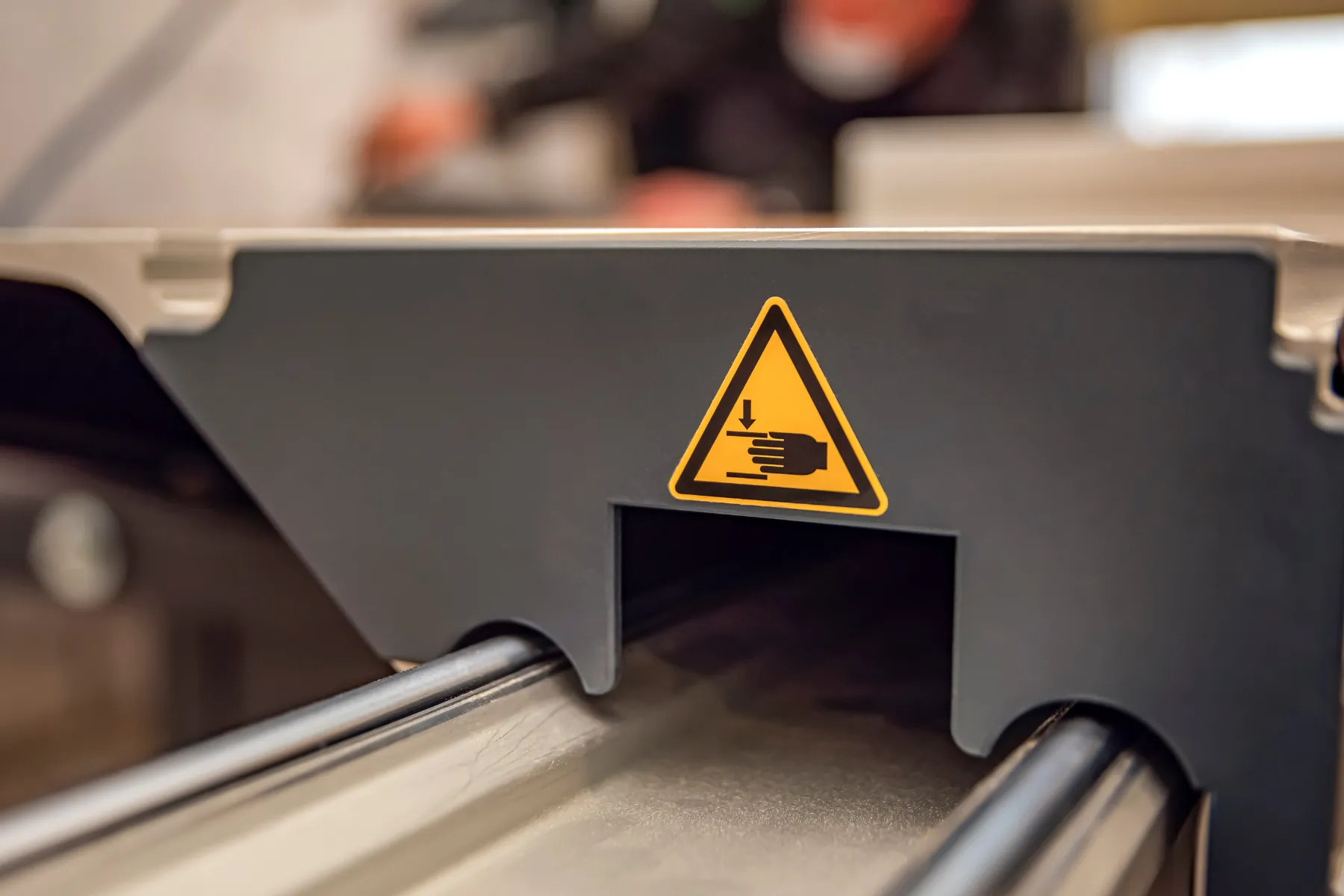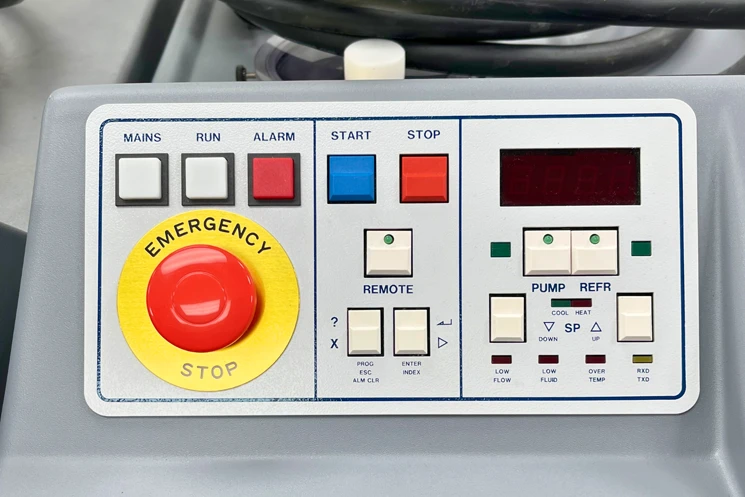Maximizing ROI from physical assets starts with better visibility. Smart organizations use asset optimization strategies like lifecycle labeling, usage tracking, and preventive maintenance to reduce loss, extend asset life, and make data-backed reinvestment decisions.
A durable, serialized barcode label is often the most important tool you’re not using yet.
Turn Assets Into ROI Engines with Smarter Labeling
When every machine, tool, or vehicle has a clear identity and history, it stops being a black hole in your budget. It becomes a data-generating, decision-driving asset. Labeling is how you make that shift, without overhauling your entire system.
Quick Wins for Asset Performance Optimization
These small changes make a measurable impact fast:
- Label your top 20% highest-value assets first. Start where ROI is easiest to track and prove.
- Add usage logs with QR codes. Combine physical labels with cloud-based notes for real-time updates.
- Color-code by maintenance cycle. Visual cues keep technicians on schedule, even without a scanner.
- Use tamper-evident labels in shared zones. If someone moves or misuses equipment, you’ll know.
These are low-cost upgrades with high impact—especially during budget season.
The Building Blocks of Asset Performance Optimization
To optimize asset performance across operations, start with these three pillars:
1. Track Assets with Serialized Barcode Labels
Serialized barcode labels allow you to assign a unique ID to every asset. This creates a foundation for:
- Automated check-in/check-out systems
- Condition tracking and maintenance logs
- Long-term usage trend analysis
Barcode labels with durable materials and adhesives can withstand industrial wear, chemicals, and harsh environments, ensuring consistent tracking for years.

2. Use Tamper-Evident Labels to Prevent Loss and Theft
Tamper-evident labels break or distort if someone tries to remove them. That’s a powerful deterrent in high-risk or shared environments. They also:
- Flag unauthorized equipment movement
- Prevent asset swapping
- Create audit trails for compliance
If an asset is removed from service or transferred, the broken seal tells you instantly.

3. Label for the Full Lifecycle, Not Just Inventory
Labels should survive the full lifespan of the asset—not just the intake process. That means choosing:
- Polyester or anodized aluminum for outdoor use
- Heat-resistant materials for machinery
- Chemical-resistant adhesives for lab or plant environments
Long-term durability is non-negotiable in asset strategy optimization. If the label fails, the tracking system does too.
Where to Start: A Smarter Asset Strategy
Whether you’re upgrading your ERP, setting annual budgets, or auditing plant operations, labeling is a fast and cost-effective way to improve asset ROI.
What We’ve Seen Work in the Field
Operations teams often start by tagging their top 50–100 high-value assets with serialized barcode labels. That alone helps them spot patterns, like tools frequently missing from one location or machines that are overdue for service.
One plant manager cut their annual replacement budget by 18% just by flagging assets for preventive maintenance earlier. The takeaway? You don’t need a massive overhaul to see real gains, just a clear starting point and a durable label that sticks.
- Monitor depreciation in real time
- Align maintenance schedules with usage
- Set replacement triggers based on data, not guesswork
If you’re mapping out asset strategy across multiple locations or departments, it helps to see what’s worked before. We’ve outlined specific labeling approaches in our manufacturing asset management labeling strategies post that can help you make more informed, cost-effective decisions moving forward.
Smart Labels Help You Plan Smarter Budgets
Planning capital expenses? Label data gives you the full picture:
- Which assets are nearing end-of-life
- Which equipment gets used most (or not at all)
- Where maintenance dollars are actually going
That helps financial analysts and operations leaders justify reinvestments and reduce waste.
Start Strong, Track Smarter, Extend Asset Life
Every high-performing operation starts with clear visibility. Labeling your assets isn’t just smart—it’s how you uncover waste, extend equipment life, and make confident decisions with real data.
Start with serialized barcode labels on your most critical equipment. Add tamper-evident tags where accountability matters. And choose materials tough enough to handle the environments your assets live in.
If you’re not sure where to start, take a look at available barcode label options that are built for industrial use. From tamper-evident materials to heavy-duty adhesives, the right label makes it easier to track what matters, and keep it working longer.
Asset Optimization for ROI FAQ
Asset optimization is the process of improving asset utilization, tracking, and lifecycle management to increase ROI and reduce loss, downtime, and maintenance costs.
Barcode labels give each asset a unique identifier. When scanned, they connect to maintenance history, usage data, and location logs—helping you track performance over time.
Asset strategy optimization focuses on aligning asset usage with business goals—like cost savings or uptime. Asset management is broader and includes tracking, repairs, compliance, and disposal.
Use tamper-evident labels for high-value or shared assets where theft, misuse, or unauthorized removal is a concern. These labels reveal if someone tries to remove or alter them.
For industrial or outdoor use, polyester or anodized aluminum labels with strong adhesives are ideal. They resist abrasion, chemicals, UV, and heat—making them reliable for long-term use.
Yes. Most serialized barcode labels can be scanned into ERP or CMMS platforms for automated asset tracking, maintenance scheduling, and performance reporting.
Only when unreadable or damaged. With the right materials and placement, asset tags should last the full life of the equipment—often 5–10 years or more.



